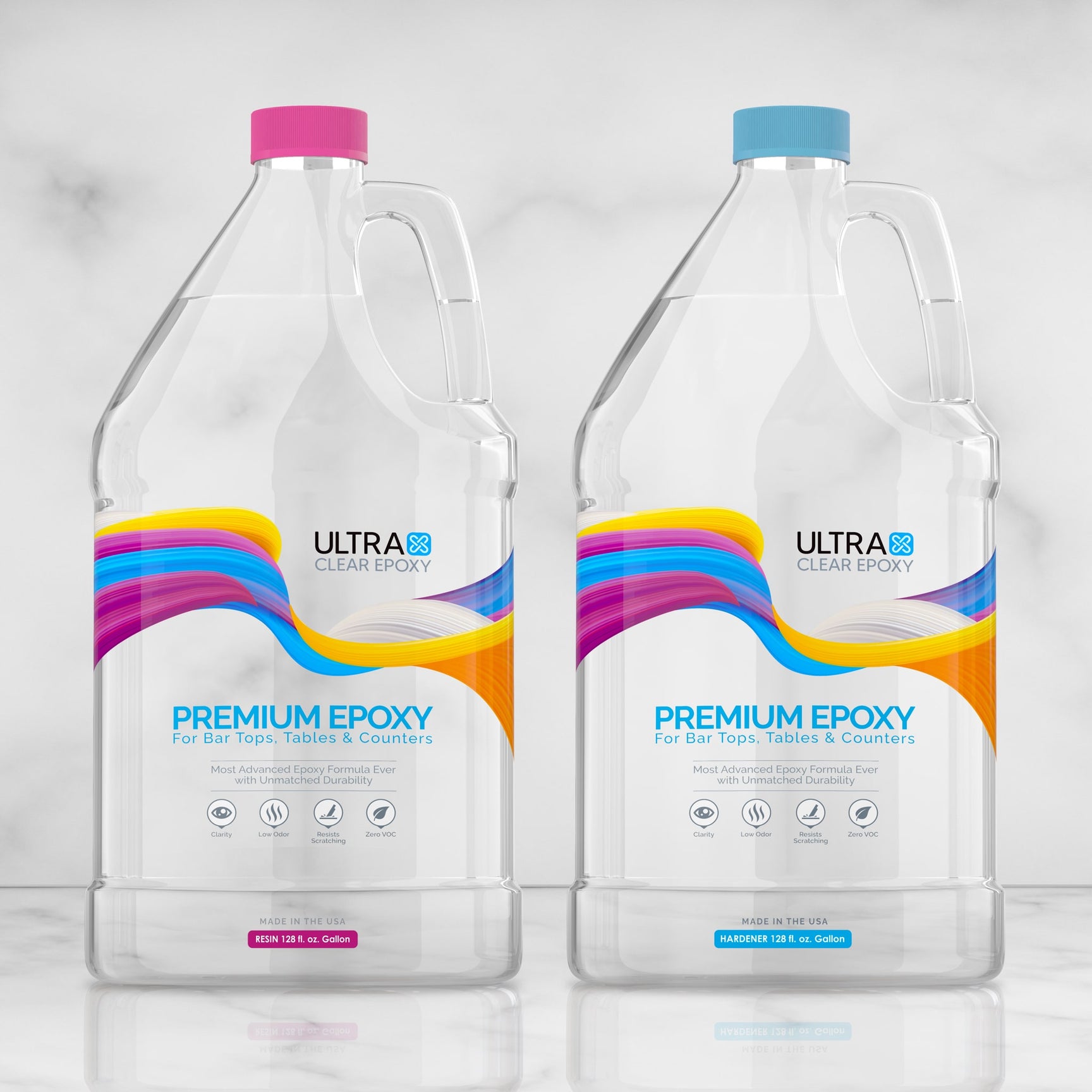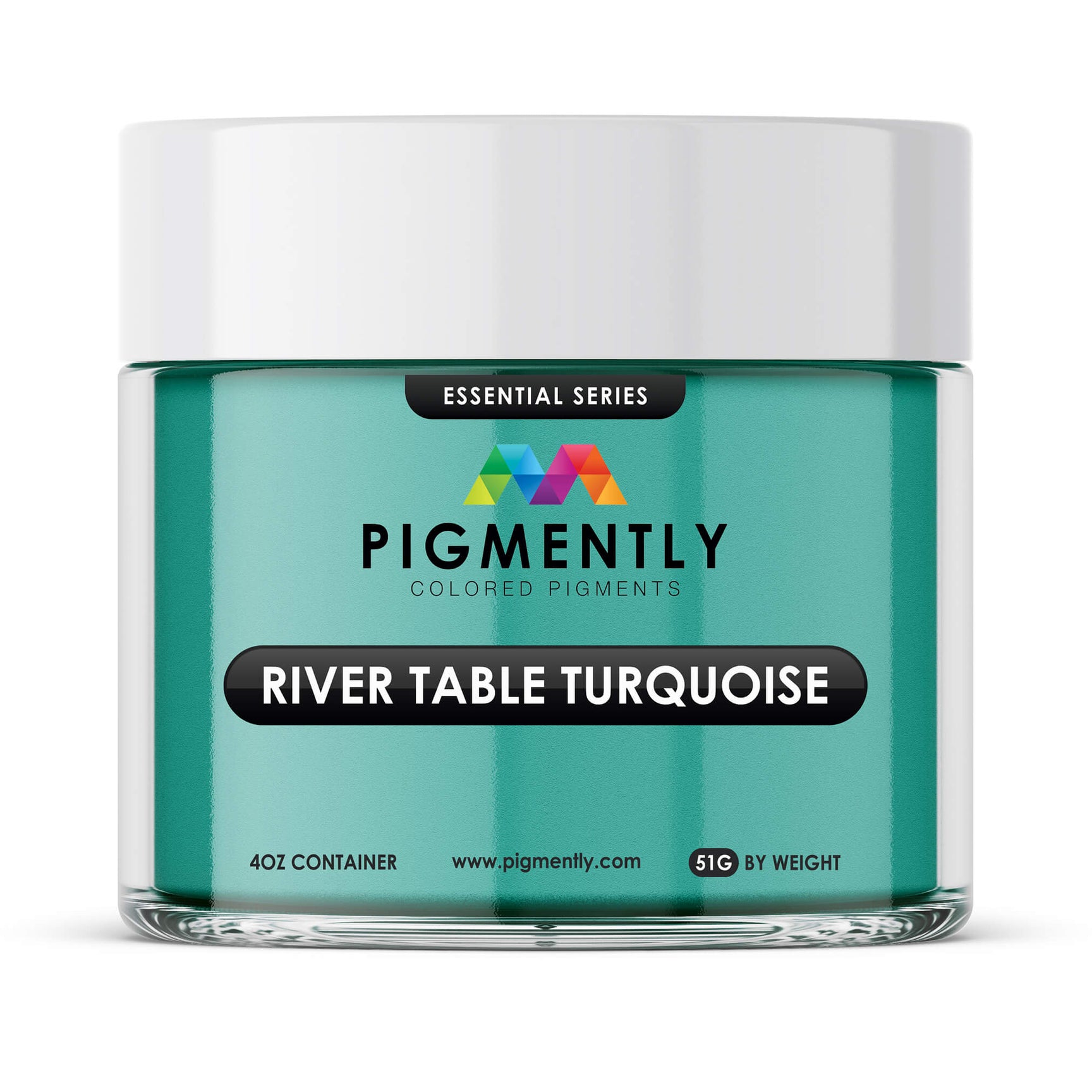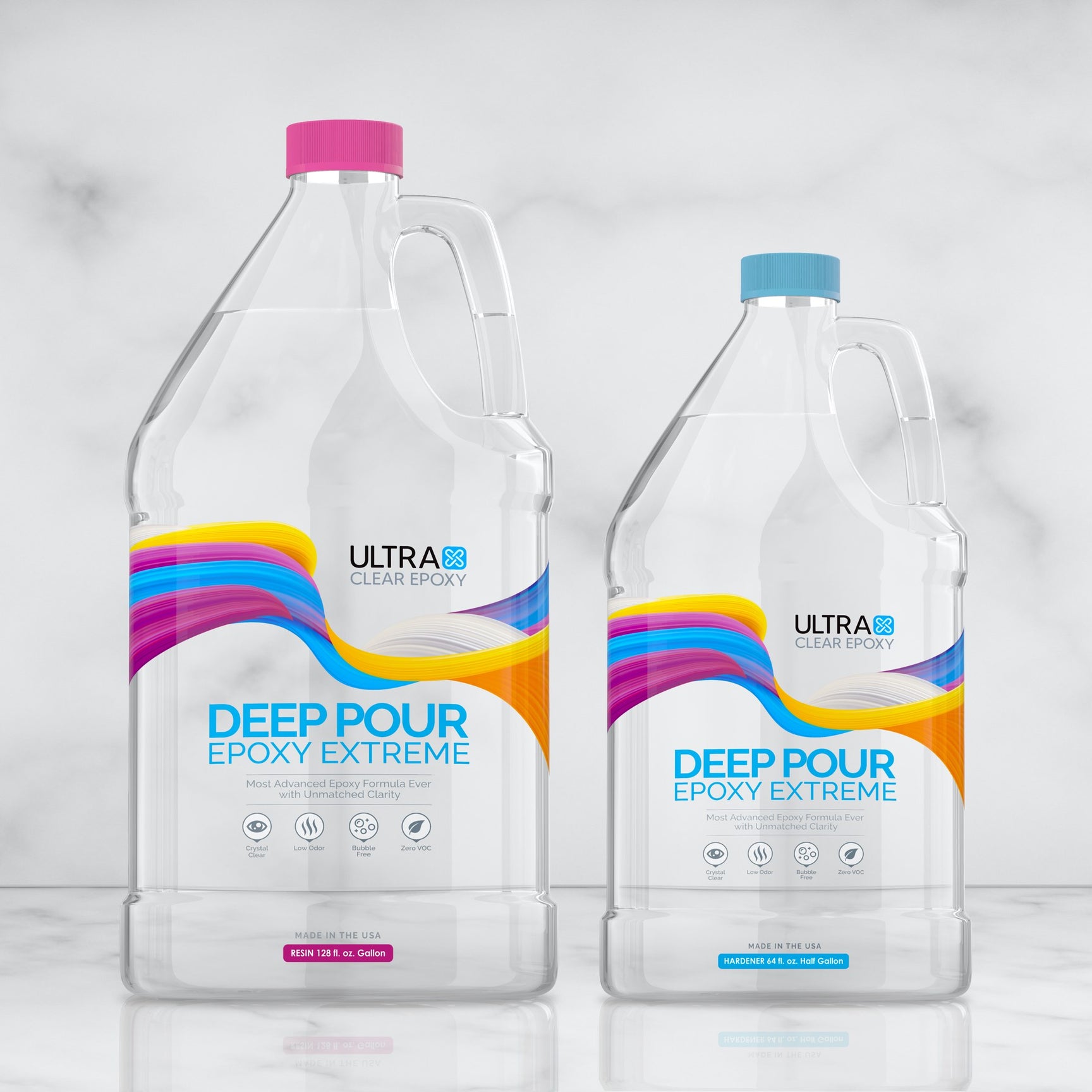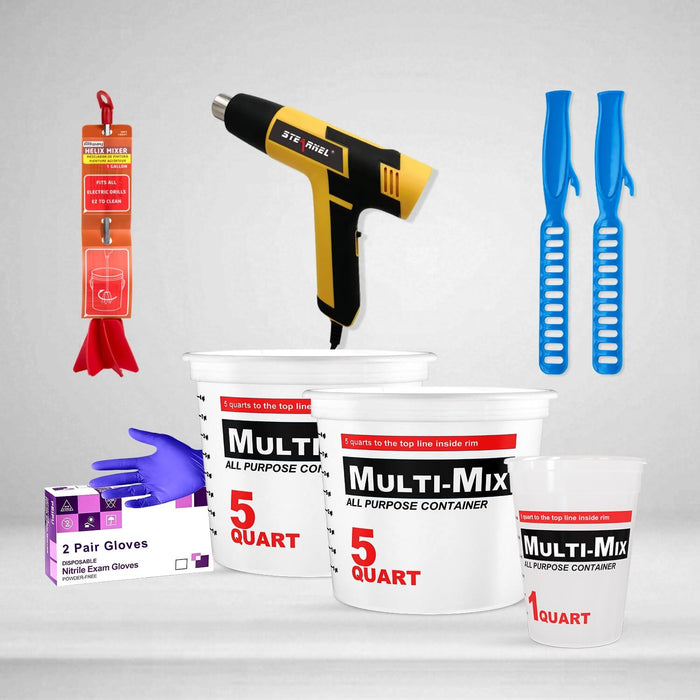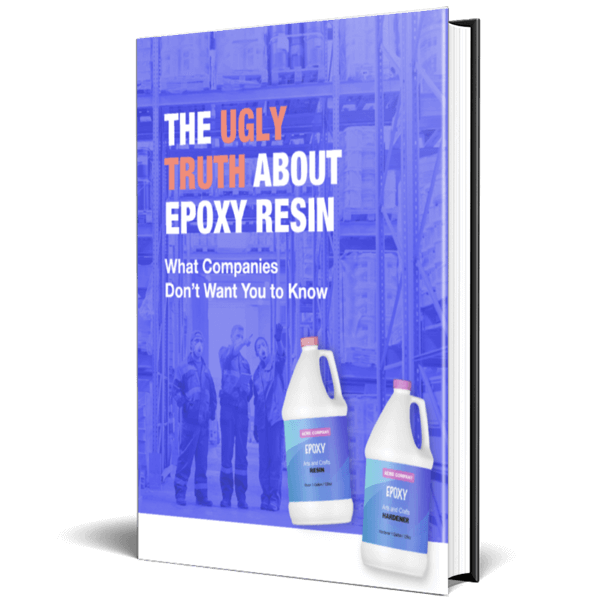In certain types of construction, there's usually a decision to make regarding which type of resin to use—not which type of epoxy, but which type of polymer resin.
By far, the most common choices on a typical list of options are polyester resin and epoxy resin. In many contexts, they appear to serve very similar purposes.
In this article, we go over the advantages and disadvantages of both resins, so that you can understand when and why one might be chosen over the other.
Polyester resin vs epoxy resin: A preface
Our first thing to note is that, while there is some overlap in their uses, epoxy actually has more versatility than polyester resin. Generally, polyester is used for lay-up processes that are part of creating composite materials like fiberglass.
These materials are made using resin and strong fabrics composed of tiny strands made from various materials, such as glass filaments. The fabric is set in a mold and soaked in a resin that can be applied by hand or through more advanced methods.
Once it cures, you have a resin that is structurally supported by the unique fabric within it, providing unparalleled strength.
Epoxy is exceptional as a finish.
While epoxy is also used in composite materials, it's greatest value lies in its purpose as a separate sealing resin, without the need for fiber-reinforcement.
Examples of this are epoxy countertops, epoxy artwork, and epoxy flooring.
When used in that way, epoxy's goal is primarily to seal a material (e.g., metal, wood) and protect it from moisture, physical damage, and corrosion, while also providing a smooth, usable surface that still showcases the sealed material's underlying aesthetic features.
Polyester resin, on the other hand, isn't recommended for such uses.
Polyester is more likely to shrink, putting pressure on whatever it's meant to protect, and it can have a residual odor, which may go away over time but isn't something you'd want lingering inside a home or business.
For these reasons, polyester resin is mostly seen as a paint additive when not used for composite materials.
Comparing cured polyester resin to epoxy resin

Let's compare the two resin types directly, highlighting the following differences:
- Cost: Polyester tends to cost less
- Durability: Epoxy has greater strength and handles stress better.
- Heat resistance: Polyester is a little more heat resistant, though both are good.
- Versatility: Epoxy is usable in many more ways, including for repairs.
- Health and safety: Epoxy is safer to work with.
- Chemical resistance: Epoxy is resistant to more chemicals than polyester resin.
Cost: Polyester tends to cost less.
The most obvious difference at first glance is cost—polyester is cheaper than epoxy.
In mass production, you'll see polyester resin used more frequently than epoxy for creation of composite fabrics like fiberglass, which are used to construct and bolster watercrafts like kayaks and boats, along with accompanying equipment like paddles.
For many users, cost is the number one concern. Despite it, there are many reasons to choose epoxy instead.
Durability: Epoxy has greater strength and stress handling.
When it comes to durability, epoxy is superior. It boasts a greater cure strength (relevant for impact resistance and general wear and tear over years of time), as well as the ability to handle stress better.
This is incredibly important for watercraft, which are often put under significant pressure during use. Saving money by using polyester may seem good up front, but if your vehicle buckles later on—imposing costly repairs—you'll end up spending more than you would have otherwise.
In fact, you'll even find epoxy used to fortify and support aircraft such as planes, due to its excellent ability to withstand strain and resist fracturing.
Heat resistance: Polyester can withstand higher heat a little better.
When it comes to heat resistance, both resins perform well once cured, though Polyester notably takes the edge here.
Epoxy has a safe heat limit of 135°F. This means going above this temperature can cause heat damage, deformation, and softening.
Polyester has a heat limit of about 176°F. It's not often that you'd encounter this temperature limit naturally, but it's worth noting.

Versatility: Epoxy can be used to repair both types of resin.
When making resin repairs, it's important that you use a resin which is compatible with the surface you're repairing. Polyester is only good at repairing other polyester resin damage.
Epoxy, interestingly, can be used to repair not only other epoxy, but also polyester surfaces. Its superior adhesion and bonding allows it to connect even with polyester resin.
Health and safety: Epoxy is safer to work with.
Both epoxy and polyester resin can be a mild health hazard. As such, it's important to use appropriate protective gear when working with either of them.
That being said, epoxy is actually easier to work with in this regard. Polyester resin tends to let off slightly dangerous fumes. The risk isn't severe, but you definitely shouldn't be breathing these in.
Epoxy emits fewer, lower-risk fumes with notably less odor. It's also simple to wash away if it gets on your hands or skin.
Nevertheless, we strongly recommend taking safety measures during any resin project by at least wearing nitrile gloves and an N95 respirator.
Chemical resistance: Epoxy has better chemical resistance.
Epoxy resin, once cured, will provide resistance to a wider range of chemicals than polyester can account for. This is valuable in a variety of industries and even for regular home use with cleaning.
Our verdict: Choose epoxy if your budget will allow it.
Even though epoxy costs more up front, you'll be saving yourself time and stress by going with the more durable material for your project.
Depending on your needs, polyester may be a completely viable option, but you may end up spending more in the long run if polyester's lower durability leads to damage that epoxy would have withstood or avoided.
At UltraClear Epoxy, we offer three different types of premium epoxy:
- UltraClear Table Top Epoxy - Our strongest and most versatile resin. This is often used for constructing epoxy bar tops, countertops, and table tops, as well as a variety of other types of furniture.
- UltraClear Deep Pour Epoxy - Our deep pour casting resin. It can fill reservoirs and molds, and it's often used to cover large embedded objects, sealing them entirely. It's the ideal choice for making river tables and for many types of arts and crafts.
- UltraClear Marine Epoxy - Our marine resin is used to seal and secure aquatic vehicles, like boats, kayaks, canoes, and small ships. It can also be used for relevant accessories such as paddles.
UltraClear Epoxy—Trusted by over 1 Million+ Happy Customers

Have questions? Want planning advice? Contact us!
If you have questions that weren't answered in this article, or if you're planning an epoxy project and would like some assistance with gathering the right tools and supplies for the job, reach out to us at UltraClear Epoxy.
Our epoxy experts are ready to help and can be reached by phone or email, or you can text chat online by clicking the Help button at the bottom right of your screen.


